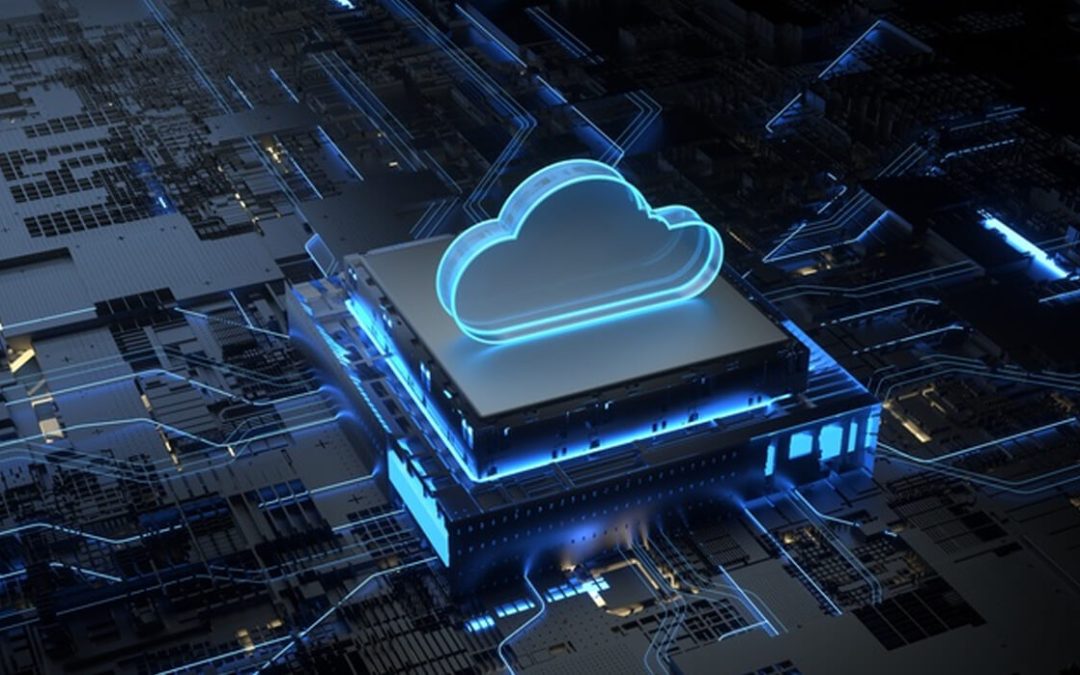
The cloud infrastructure: an engine for innovation and corporate transformation
As a result, IT departments face the challenge of adjusting their processes, technologies, and capabilities quickly and effectively to meet new business demands. Under these circumstances, cloud computing has emerged as an essential resource for driving corporate innovation and transformation; this type of infrastructure offers the agility, flexibility and control needed to improve the delivery of applications and services, and to have a positive impact on business strategy.
According to a Harvard Corporate Review study, 70% of the organizations have already adopted some type of cloud service and 74% indicate that cloud computing has provided a competitive advantage for their organizations. This information provides insight into the overall benefits optained by a company in a cloud infrastructure, after deploying its own applications.
Cloud infrastructure, a company’s backbone
Faced with demands for improved agility, flexibility, and to protect IT resources, cloud infrastructure has become a cornerstone for an organization’s operations and growth. The adoption of a cloud infrastructure became an essential strategy for competitiveness and long-term success, therefore companies that decide to adopt this technology will be planting their leadership in the market.
But what exactly is cloud infrastructure and why are companies turning to it? Cloud infrastructure, commonly known as cloud computing, is a model that allows companies to access and use computer resources via the Internet, without the need to own or manage physical servers or other hardware components. These resources include processing capacity, secure data storage, connectivity, software and various services, all hosted in remote data centers and managed intelligently and securely by cloud service providers.
In the digital age, IT is at the heart of any company and the way we manage and use technology determines our ability to innovate, compete, and grow. In this context, the adoption of cloud computing services represents the backbone of corporate innovation and transformation, an essential tool for both IT and the business in general.
Good reasons to use a cloud computing infrastructure
Underscoring the advantages of cloud computing is not only about highlighting the benefits offered by a technology; it’s also about considering its importance as an enabler of corporate innovation and transformation. There are several important reasons why the adoption of this type of infrastructure is growing in companies.
- Agility and flexibility. One of the most obvious advantages of cloud computing is its ability to provide agility and flexibility in managing workloads, allowing IT organizations to quickly adapt to their changing business demands without having to deploy additional physical IT structure. This is essential if companies wish to innovate and adapt quickly to arising opportunities.
- Minimum latency and maximum performance. Cloud computing enables minimum latency, meaning applications can be executed faster and more efficiently. With a well-designed cloud-based IT architecture, companies can ensure that their services are delivered with the lowest latency possible, which is essential in high-performance applications and in scenarios where every millisecond counts.
- Cost reduction. Cloud computing also helps eliminate significant capital expenditures on purchasing and maintaining physical servers and other IT equipment. Additionally, companies can pay for their resources in a pay-per-use model, reducing operational costs.
- Operational efficiency. Cloud infrastructure management can be outsourced to service providers. This translates into a more efficient development environment, where IT teams can focus on creating innovative solutions rather than worrying about the underlying infrastructure.
- Innovation and speed. The cloud accelerates the development and deployment cycles of applications, encouraging companies to innovate faster, significantly increasing their time to market.
- Security and business continuity. Cloud service providers invest in security measures and offer backup and disaster recovery solutions. This ensures the availability of data and applications even after contingencies, which is essential for business continuity in companies with mission critical operations.
A strategic adoption of the cloud is essential to remain competitive and relevant in today’s corporate landscape. It is the path to the agility, efficiency, and responsiveness that companies need to succeed in today’s world.
Companies must stop viewing cloud computing only as a technology and begin viewing it as an indispensable ally for driving innovation and digital transformation. IT organizations and business executives who adopt this technology will be better positioned to face the challenges of a dynamic market.

Juan José Calderón
Diretor, Data Centers & Cloud
Cirion Technologies








